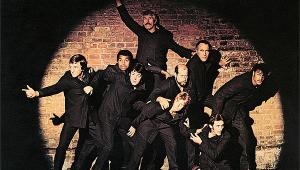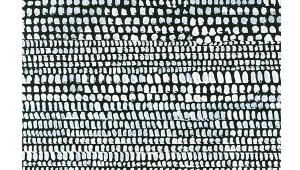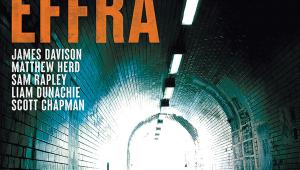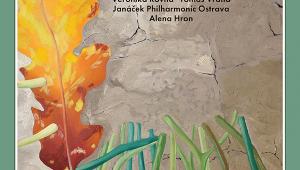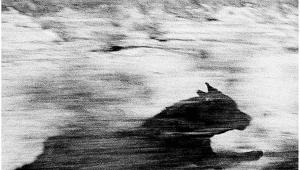Better Headphone Testing Page 2
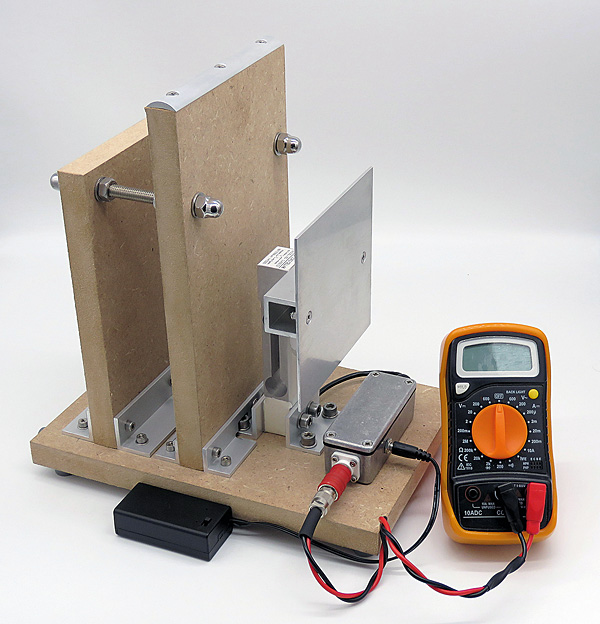
Load Cell
Signals from the load cell pass to a load cell amp in the small diecast aluminium box, which is powered by a PP3 battery in the small black box connected to it. Output voltage from the amplifier is read using the multimeter, and the whole rig calibrated by tipping it on end and placing a precision 500g mass on the aluminium pressure plate. Dividing the clamping force by the headset mass gives a figure which indicates the headphone's stability when either walking or running.
Headphones vary considerably in their ability to isolate external sounds, a property which is particularly important when they are used in noisy environments (inside or outside the home!). Closed-back headphones perform best in this respect, open-backs worst and semi-open-back designs somewhere inbetween. Active Noise Cancellation (ANC) improves the isolation performance of closed-backs still further, particularly down at lower frequencies.
Pillar Stand
I measure isolation by replaying periodic, pink-spectrum noise over a nearby loudspeaker to generate about 85dB SPL at the artificial head. This is mounted atop a damped pillar stand attached to a loudspeaker turntable (see Fig 8) and compliantly isolated from it by four springs beneath the base of the artificial head, to ensure that floor vibration from the loudspeaker doesn't affect the result.
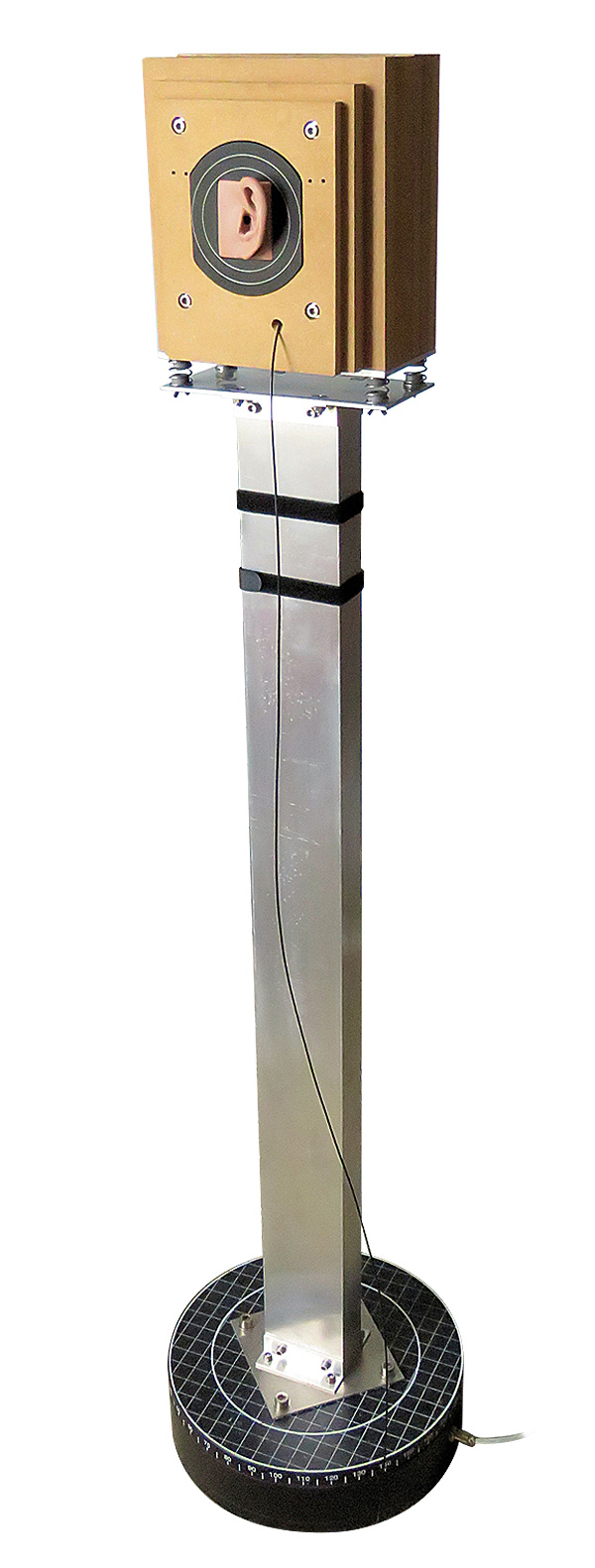
The first measurement run, which forms the baseline, is conducted without the headphone in place. The frequency response is measured at 20o rotational intervals over a full 360o and then averaged in order to better mimic a diffuse sound field (in which sound arrives with equal intensity from all directions). The test is then repeated with the headphone in place to determine its isolation versus frequency.
Fig 9 overlays isolation results for three recently tested headphones: the Meze Empyrean open-back [HFN Dec '18], Focal Elegia closed-back [HFN Mar '19] and the PSB M4U 8 closed-back [HFN Apr '19] with ANC engaged.
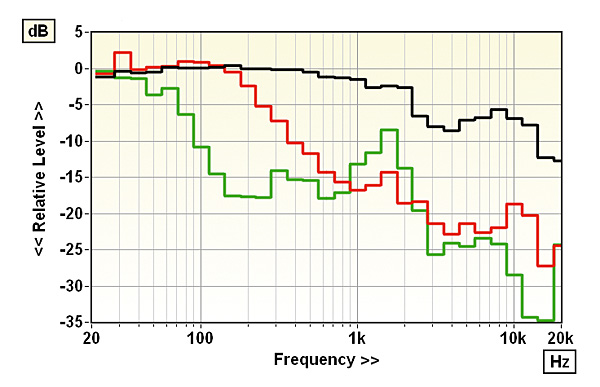
Just as closed-back headphones isolate the user from external sounds better than open-backs, they also better suppress the emission of sound from the headphone – which can be disturbing to people close by. I test for sound emission using a microphone intended for music recording rather than measurement – a Røde NT2-A 9 [see Fig 10] in the shock-mount that isolates it from floor vibration. The NT2-A – which I've calibrated with reference to the GRAS 40BE that I use for loudspeaker testing – is chosen for two reasons: first, its very low self-noise (specified as 7dB(A) SPL); and second, its variable directivity which allows it to be used with a cardioid polar pattern for this measurement. Both features assist the measurement of what can be low levels of radiated sound.
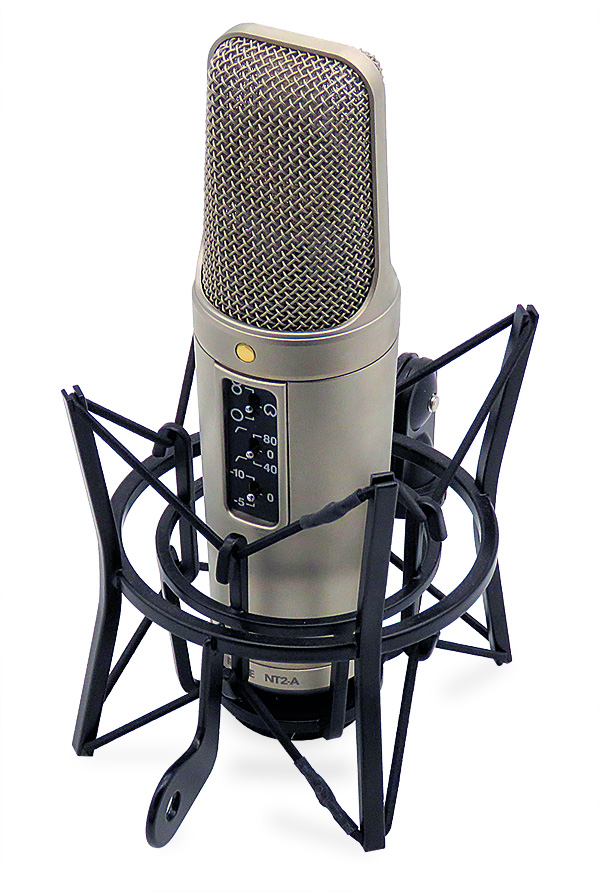
Because the test takes place in a domestic room it has to be performed quasi-anechoically, like a loudspeaker measurement, with the resulting impulse response time-windowed to remove room reflections. At 0.5m mic distance the available time window is about 5ms, limiting the frequency resolution – and the lower limit of the measurement – to 200Hz. This is not a significant restriction because headphones radiate very low levels of sound at bass frequencies.
The test signal is 'music-shaped' periodic noise which has a spectrum typical of the long-term average for popular music (see Fig 11). This is replayed at a level that is equivalent to 100dB SPL at the eardrum.
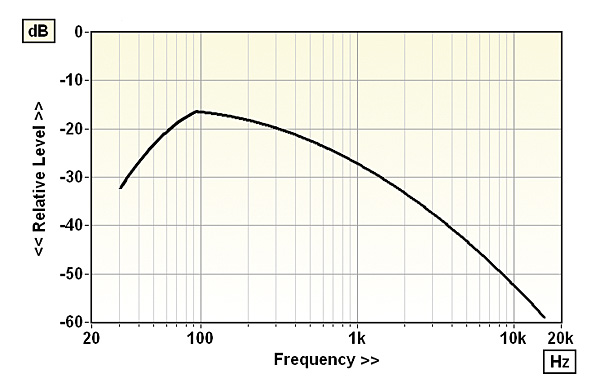
And Waterfalls?
Given that the outer ear has inherent resonances associated with the folds and cavities of the pinna and with the tubular ear canal, you might suppose that performing cumulative spectra decay (CSD) measurements on headphones, as we use in our loudspeaker testing to detect resonance, would be doomed to failure due to background clutter.
Yet the ear's resonances are actually quite few – Shaw identified six associated with the pinna – and most occur at high frequencies, the lowest being the ~3kHz length mode of the ear canal. What's more, the ear canal mode has a low Q and the pinna modes are dependent on the angle at which sound impinges on the ear, being least strongly excited by sound arriving on the ear's axis – as it does, thereabouts, in the case of most headphones.
Powerful Method
As a result of this, CSD measurements are actually a powerful method of identifying headphone driver resonances, unimpeded by the short measurement time window imposed by room reflections in loudspeaker testing. Figs 12a and 12b confirm this, the first obtained from the Sennheiser HD 800 S [HFN May '16] and the second from the Sonoma Model One [HFN Feb' 18].
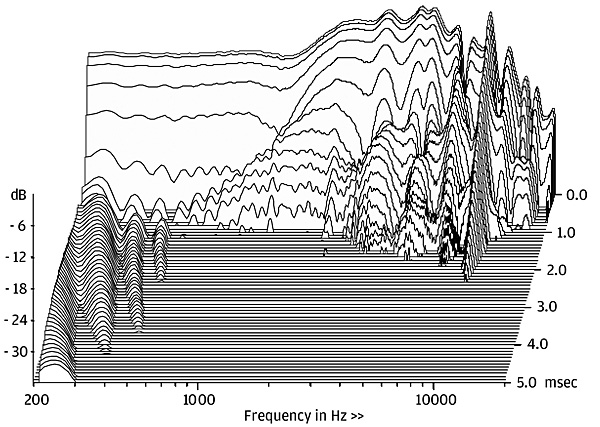
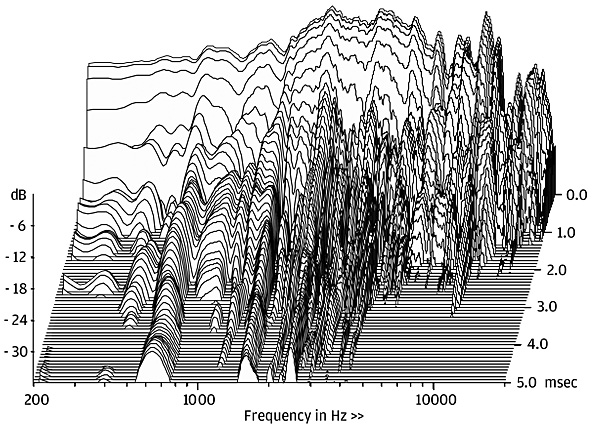
The HD 800 S was measured using the old ear simulator, so the high-Q resonance at about 13kHz is due to this rather than the headphone. Otherwise its waterfall is remarkably clean, the humps around 3kHz and 5kHz almost certainly being due to the ear canal and concha resonances respectively. Contrast this with the Sonoma Model One waterfall, also measured using the old ear simulator, which displays numerous resonances from 600Hz upwards.
Headphone structural resonance, particularly in the headband, is quite easy to detect subjectively. (Not that many reviewers bother…) As I've described on numerous occasions in our headphone reviews over recent years, if you play pink noise over one capsule only it reveals itself as an obvious coloration of the test signal in the worst examples, and as carry-over of sound towards the inactive capsule in less extreme cases.
Measurement of the effect is more difficult, but the technique I described in HFN Jul '16 I now use as a standard test. It involves measuring the acoustic crosstalk to the inactive right capsule of the headphone when the left capsule alone is driven. Care is always taken to remove the effect of the electrical crosstalk which occurs with the three-wire connecting cables having a shared earth return for the two channels.
Twin Peaks
For this test the artificial head has again to be mounted on springs to isolate it from floor vibration, and 100 measurement averages used to limit the effect of room noise, particularly with open-back headphones. An example result is shown in Fig 13, obtained from the Audio-Technica ATH-A2000Z headphone [HFN Apr '16], which has – as noted in the original review – an obvious headband resonance problem, revealed here by twin peaks in the crosstalk trace at 760Hz and 1.04kHz.
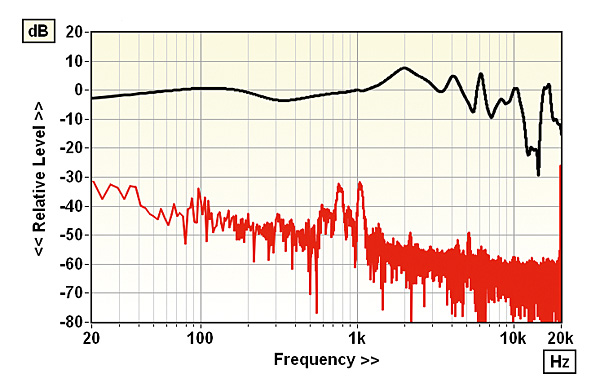
In due course you'll be able to view all these results, and more, for each headphone we test. Watch this space for details.

